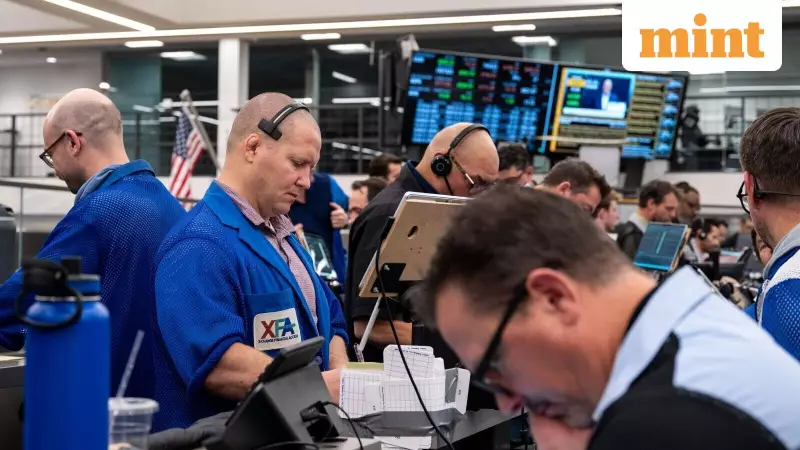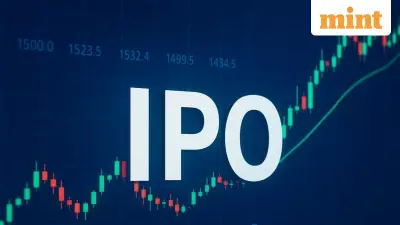
Market Turbulence Hits Global Stocks
Global stock markets are experiencing significant pressure this month, with technology stocks bearing the brunt of the downturn. Despite a modest recovery on Friday, both the S&P 500 and Nasdaq Composite remain in negative territory for the week, tracking toward their worst monthly performance since March.
The AI Bubble Debate Intensifies
The artificial intelligence sector faces growing skepticism as investors question the massive capital expenditures required to sustain growth. Nvidia CEO Jensen Huang directly addressed bubble concerns during his recent post-earnings comments, firmly rejecting the notion that AI represents a market bubble.
However, market reactions tell a different story. Even another strong quarterly performance from Nvidia failed to lift market sentiment or quiet discussions about potential overvaluation. Stocks declined broadly following the chipmaker's earnings report, with Friday's partial recovery insufficient to erase recent losses.
Historical Comparison Reveals Concerns
Charles Gave of Gavekal Research presents a worrying comparison between current market conditions and the dot-com bubble era. He argues that today's situation might be more concerning than the 1999-2000 period.
During the dot-com boom, investors could rationally back multiple companies with relatively fixed costs, anticipating that one dominant player would eventually emerge with explosive sales growth. In contrast, today's AI companies face continuously high capital investments without clear endpoints, compounded by electricity supply constraints in the United States.
"All this suggests that for AI companies, unlike dot-coms, the marginal cost of sales is relatively high, and the potential profit margin correspondingly thin," Gave notes. He characterizes the current environment as "an irrational bubble, and a capital-intensive irrational bubble to boot. In other words, it is a bad bubble."
Bullish Outlook for 2026
Despite current headwinds, Wells Fargo analyst Ohsung Kwon maintains an optimistic view for 2026. In his recently published outlook, he predicts the S&P 500 will reach 7800 by the end of 2026, representing nearly 20% growth from current levels.
Kwon acknowledges that stock valuations appear expensive but emphasizes that earnings growth helps justify these levels. More importantly, he expects AI stocks to emerge as major winners during the second half of next year, arguing that neither the Federal Reserve nor the government can afford a bear market given current economic dependencies.
"Equities are now a bigger part of US household net worth than real estate and investment income tax could be as big as a quarter of government revenue," Kwon explains. "A K-shaped economy led by wealth effect means a bear market could trigger an economic downturn, which neither the Federal Reserve nor the Government can afford especially into midterms."
Federal Reserve Intervention Expected
Wells Fargo anticipates the Federal Reserve will boost liquidity to support markets, forecasting monthly Treasury purchases of $25 billion beginning in April 2026. Historically, such liquidity injections have disproportionately benefited technology sectors, potentially reigniting AI stock speculation.
"We expect increased speculation and risk-on as more liquidity gets injected to the system, resulting in a potential AI bubble trade," Kwon notes, acknowledging that bubble concerns may resurface but suggesting there's ample time before they become pressing issues.
For Indian investors monitoring global markets, the current correction represents both caution and opportunity. While AI spending concerns have triggered volatility, institutional expectations of continued growth and potential Federal Reserve support suggest the technology revolution still has room to run, even as markets self-correct from recent exuberance.





